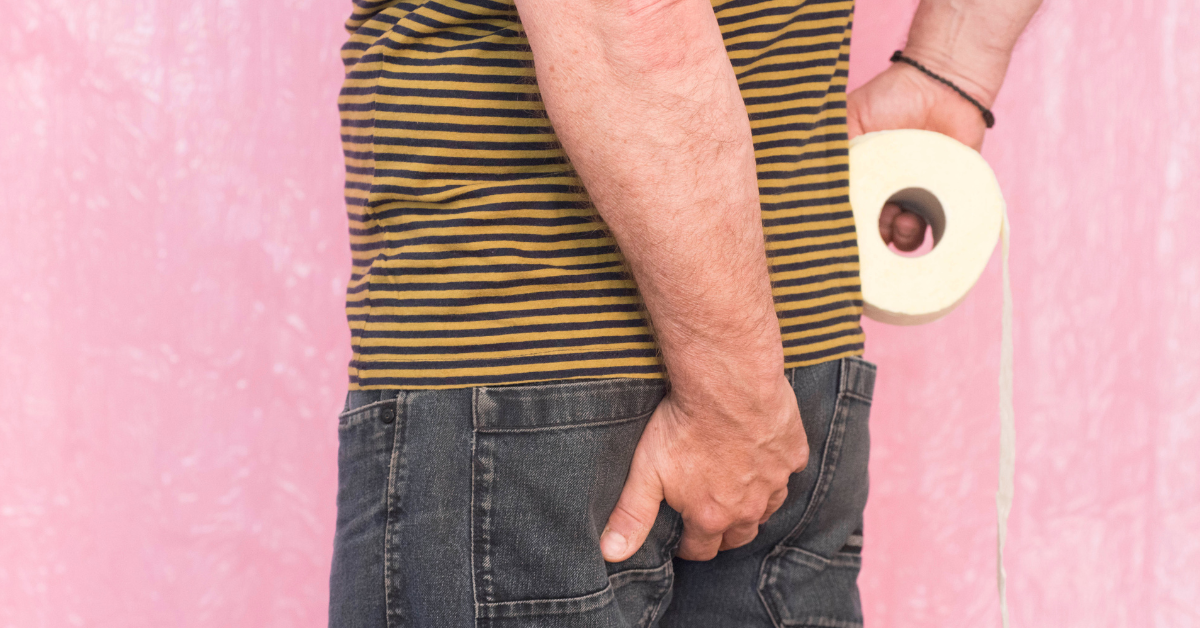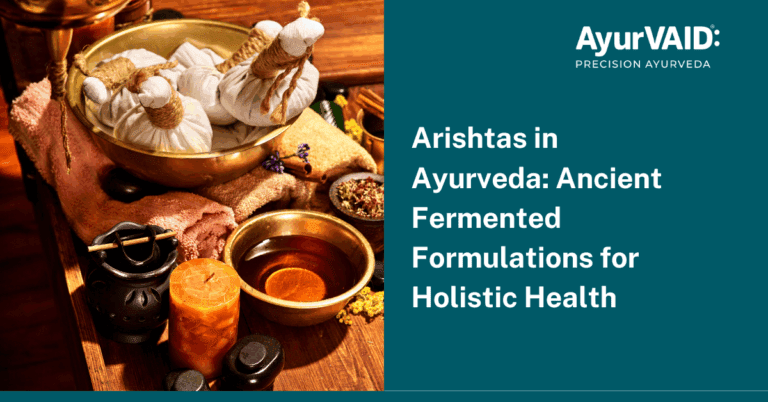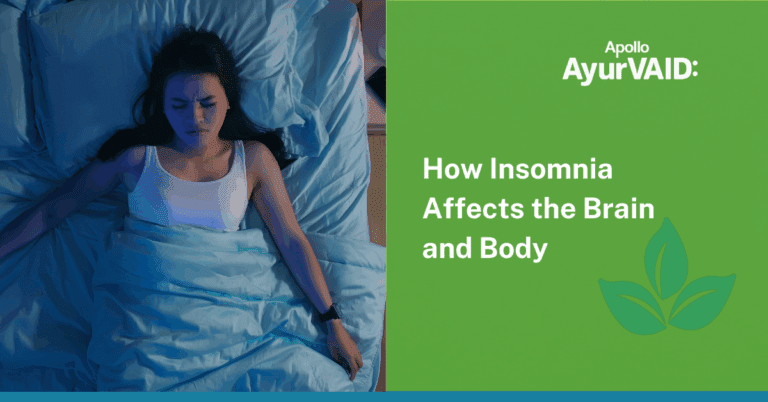Introduction
Hemorrhoids, or piles in males, are a prevalent health issue affecting people of all age groups. The swollen blood vessels, either inside or outside the anus and rectum, lead to a lot of discomfort and worry. Chronic constipation, sedentary lifestyle, heavy lifting, and faulty dietary habits are common contributors. Learning the causes of piles in male helps with their prevention. Symptoms of piles in male patients should be assessed as early as possible; these symptoms usually include rectal bleeding, anal itching, pain with bowel movements, and swollen tissues surrounding the anus. Many men often prefer home remedies for piles in males, like warm sitz baths, increased fiber intake, and topical creams available in pharmacies, before seeking professional help. Other treatment options for more persistent and severe piles in males range from newer minimally invasive procedures to surgical intervention when required. This guide will impart everything men need to know about dealing with this prevalent but often embarrassing condition.

Causes of Piles in Males
Men are prone to piles due to the following specific reasons:
- Occupations, that have long sitting hours or heavy lifting, can directly lead to hemorrhoids. Among the most affected professions are truck drivers, office workers, construction site laborers, and security personnel due to constant physical pressure.
- Protein-rich, low-fibre diet that men adopt to bulk up causes severe problems in the human digestive tract. Protein powders and very low sources of fibre make the stools harder and cause chronic constipation that increases the pressure on the veins in the rectum.
- Heavy weight-lifting causes extreme intra-abdominal pressures. This could promote the formation of hemorrhoids.
- Laborious jobs such as construction work, agriculture, and outdoor tourism work are associated with dehydration. Reduced water intake aggravates constipation and increases the risk of hemorrhoids.
- Men with enlarged prostates or changes in their hormone levels have a higher risk of developing hemorrhoids. Testosterone-related metabolic changes and other inflammatory conditions of the prostate exert stress on the rectal veins.
- Consuming alcohol regularly and smoking adversely affect vascular health and digestive processes. Reduced blood circulation accompanies inflammation, and compromises the total integrity of colorectal tissue.
- Both genetic predisposition and the natural aging process enforce a reduction in the elasticity potential of the rectal vein and support structures, increasing the risk of piles.
Early Signs and Symptoms of Piles in Males
Recognizing early signs and symptoms of piles can help in effective interventions. Common symptoms include:
- Bleeding: Bright red blood on toilet tissue, on the toilet bowl, or on top of the stool
- Itching: Persistent irritating sensation around the anus
- Pain: Unpleasant sensations, especially while passing stool
- Swelling: Painful lumps found in and around the anus
- Discharge: Mucus or some leakage of fecal matter
- Feeling of Incomplete Evacuation: This often presents as a sensation of the bowel being incompletely evacuated
Some symptoms may depend on their location of manifestation (internal and external). Internal piles are usually painless, while external piles may be painful, especially when clotting occurs (thrombosed hemorrhoid).
Home Remedies for Piles in Males
The following home remedies can help reduce the pain, constipation, and associated symptoms. It is best to practice these after undergoing Ayurveda therapies, to prevent recurrence.
- Radish juice: Relieve non-bleeding piles by having ¼ to ½ cup radish juice twice daily
- Elephant foot yam (Surana): This tuberous vegetable is also good for digestive aid and has anti-inflammatory properties.
- Sitz bath: Soaking in a tub full of warm water or medicated decoction for 10-15 minutes can help with pain and inflammation.
- Dried figs: Soaking 2-3 dried figs overnight and eating them on an empty stomach early in the morning can promote easy bowel movement.
- Black sesame seeds: The paste of black sesame could be applied to the affected part for relief.
Treatment of Piles in Males
- Oral Medicines: Ayurveda uses several herbal formulations with Deepana (appetizer), Pachana (digestive), Vatanulomaka (carminative), and Srotosodhana (channel-cleansing) properties, improve digestion, regulate defecation, and eliminate constipation.
- Local Treatments: Local interventions like Abhyanga (oil therapy), Swedana (sudation), Seka (pouring of medicated liquids), Avagaha (herbal decoction sitz bath), Dhoopana (fumigation), and Pralepana (herbal paste application) reduce inflammation and pain.
- Kshara Karma: A para-surgical technique whereby alkaline caustic agents are used to excise, incise, and scrape the hemorrhoidal masses. It causes induction of fibrosis, scar formation, and wound healing with minimal side effects.
- Kshara Sutra: A minimally invasive technique where a medicated thread smeared with cauterizing herb paste is ligated to hemorrhoidal masses, thus causing shrinkage and eventual sloughing.
- Agni Karma: Thermal Cauterization is done only if other treatment methods fail, ensuring the least chances for recurrence.
- Panchakarma Therapies: Vasti (medicated enema), and Virechana (purgation) reset the doshas in the body, alleviate constipation, improve bowel movement, and clean the digestive system.
- Raktamokshana (Bloodletting): This is indicated for bleeding piles, and it is used extensively by leeching.
Apollo AyurVAID uses precision Ayurveda protocol to treat piles and regulate bowel movements. Our comprehensive approach includes individualized dietary and lifestyle changes, internal medicines targeting inflammation, and Ksharakarma to evacuate pile mass. Other treatments include sitz baths, and stress management techniques to enhance blood circulation and tone muscles. It helps for a well-rounded treatment plan towards symptom relief with minimal bleeding and faster recovery.
When Is Surgery Necessary for Piles in Men?
Usually, surgery is considered in cases where:
- The hemorrhoids are large or serious.
- Previous treatment has failed.
- The prolapse is pronounced (hemorrhoids protrude from the anus and don’t retract on their own).
- Symptoms affect the patient’s quality of life.
- Complications like thrombosis (blood clots) or severe bleeding arise.
Recovery from hemorrhoid surgery is usually 1-2 weeks, during which pain control and hygiene are important.
Prevention Strategies
Preventing piles is important. Key prevention strategies include:
- Maintaining a high-fiber diet
- Staying well-hydrated
- Avoiding straining during bowel movements
- Regular exercise
- Maintaining a healthy weight
- Responding promptly to the urge to defecate
- Avoiding sitting for prolonged periods
Conclusion
While piles can be uncomfortable and sometimes embarrassing, Ayurveda local therapies and specialized treatment can relieve the discomfort. Early intervention and lifestyle changes can often manage symptoms and prevent recurrence. If you’re experiencing symptoms of piles, don’t hesitate to consult a healthcare provider for proper diagnosis and treatment recommendations tailored to your specific situation.

References
- Y., R (2022). Conceptual view on Arsha and its Management through Ayurveda Prospective. International journal of Indian medicine. https://doi.org/10.55552/ijim.2022.3404
- Ram, B et al. (2023). MULTIMODAL TREATMENT APPROACHES FOR ARSHA: A CRITICAL REVIEW. August – September 2023. https://doi.org/10.46607/
iamj09p7062023 - Sharma, S et al. (2023). The Management of Second-Degree Internal Haemorrhoids with Apamarga Pratisaraneeya Tikshna Kshara. AYUSHDHARA. https://doi.org/10.47070/
ayushdhara.v10i5.1388 - Dissanayake, D et al. (2019). CLINICAL STUDY TO EVALUATE AND COMPARE THE EFFICACY OF TWO AYURVEDIC TREATMENT REGIMENS INCLUDING CYATHULA PROSTRATA AND ACHYRANTHES ASPERA IN MANAGING BLEEDING PILES. International Journal of Ayurveda and Pharma Research. https://www.semanticscholar.org
/paper/493840c17761be9cb1d9
278e0b72f19393258063 - Mehra, R et al. (2011). A clinical study on the role of Ksara Vasti and Triphala Guggulu in Raktarsha (Bleeding piles) Ayu, 32, 192 – 195. https://doi.org/10.4103/0974-8520.92572






